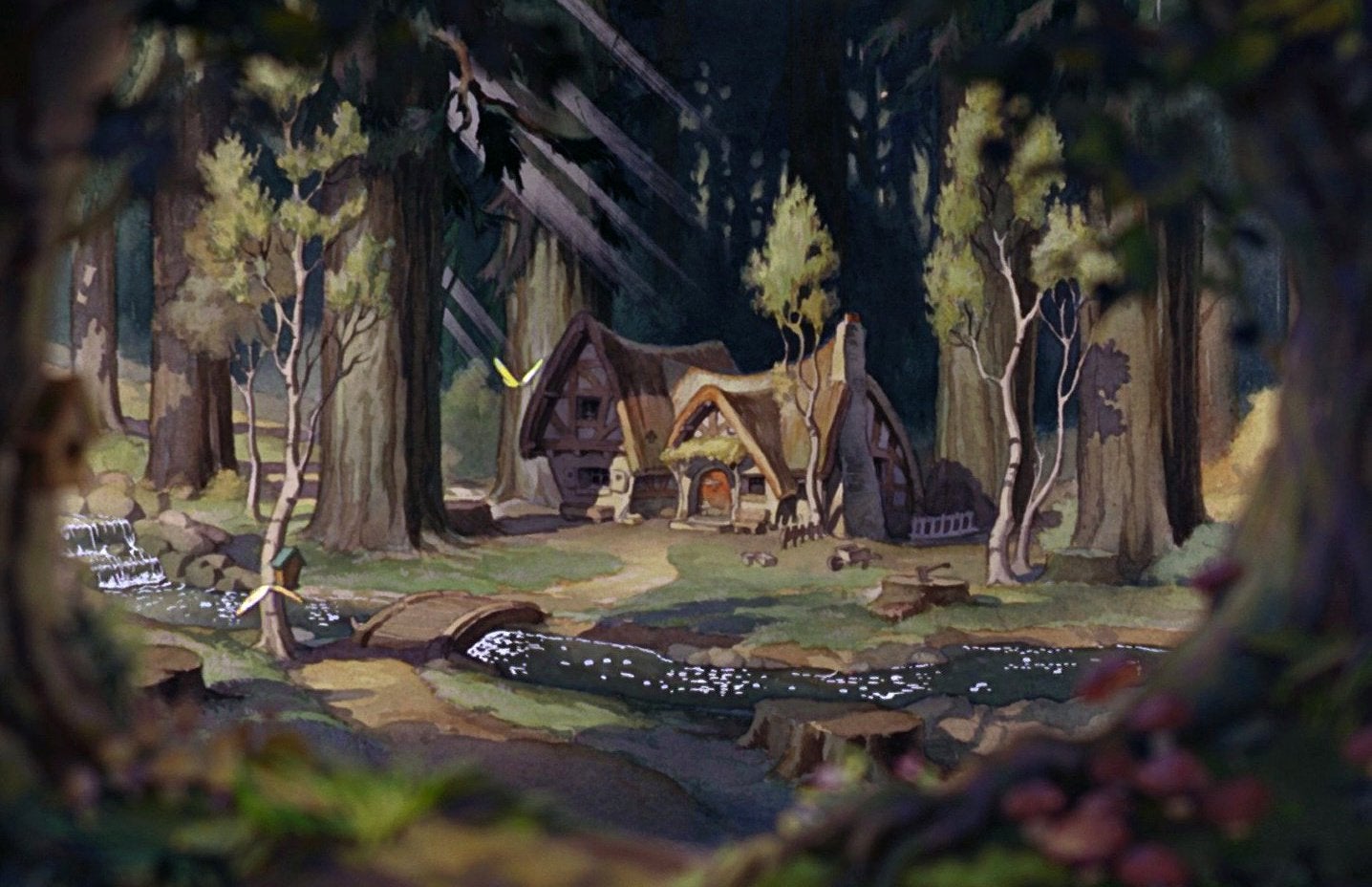Even if Disney is somewhat slacking in making new content, I can’t be the only one who’s hyped for the new live-action The Little Mermaid. Personally, I prefer the classic 2D animation, but capitalism demands quick and easy revenue — and well, Disney is a lovable pig.
Cynicism aside, the recent Ariel teaser sparked so much controversy over the little mermaid’s race, I had to take a second to process all the BS:
First of all, leave Halle alone.
Secondly, you’re looking at live actions all wrong.
Any adaptation of art or literature should seek to reinvent itself, and that includes film. So far, Disney simply regurgitates the same plots, villains, and princesses from decades before — it’s a cheap trick, and a cliche at its finest. I want to know what happens to Cinderella when she doesn’t make it to the ball. What if Belle and the Beast reverse their gender roles? Or if Li Shang comes out as bi?
Imagine what it would be like to reinvent fairy tales without resorting to racist, sexist, or homophobic caricatures (I’m looking at you, LeFou).
There are too many different creative avenues that Disney refuses to take. Hopefully, The Little Mermaid (2023) can be different, especially in light of the recent controversy, as well as the original’s failed potential. If we were to stick true to the first edition, we’d have a white, hollow woman give up everything for a rich man she’s just met – not very modern, right? Most people don’t want the same, flat character; instead, they want someone who can take on a more modern perspective of femininity. As for the people who claim Ariel needs to be white, they fail to recognize how racist, unoriginal, and boring they really are.
In a way, The Little Mermaid sort of falls into the same trap as Up, meaning the first fifteen minutes are the best parts. That’s not to say these movies aren’t memorable, but there are failed potential, especially in terms of Ariel as a dynamic and passionate character. Her introduction is stellar: she is a kind, rebellious, and headstrong woman who strives for independence and chases her dreams relentlessly — only to be married off at 16 to a man she doesn’t know.
So, where did the writers go wrong, and how can the live-action do better?
The movie fails to follow through on its I want song — “Part of Your World” — which aims to flesh out the protagonist and direct where the rest of the narrative is going. This includes Moana’s “How Far I’ll Go” and The Princess and The Frog’s “Almost There.” Essentially, this song is the core of the plot and character — Ariel’s I want song sets the standard. Her dream is freedom which is represented by the human world. Take note that she “wants to be where the people are,” not that she requires a man. She literally sings:
“Bet you on land, they understand that they don’t reprimand their daughters. Bright, young woman, sick of swimming, ready to stand”
But the movie makes this sentiment into a joke.
Ursula shifts the narrative — who of course, is an independent, cunning businesswoman — by having Ariel seduce Eric, without a voice, and assuring her “not to underestimate the power of body language.” Now, as much as I love Ursula, this is clearly problematic writing. Watching The Little Mermaid should not feel like a housewife or manic pixie dream girl propaganda.
The live-action has the chance to follow through on Ariel’s I want song by subverting the love story between her and Eric. Disney, you have the opportunity to represent feminism creatively and intersectionality — please, don’t mess it up.



